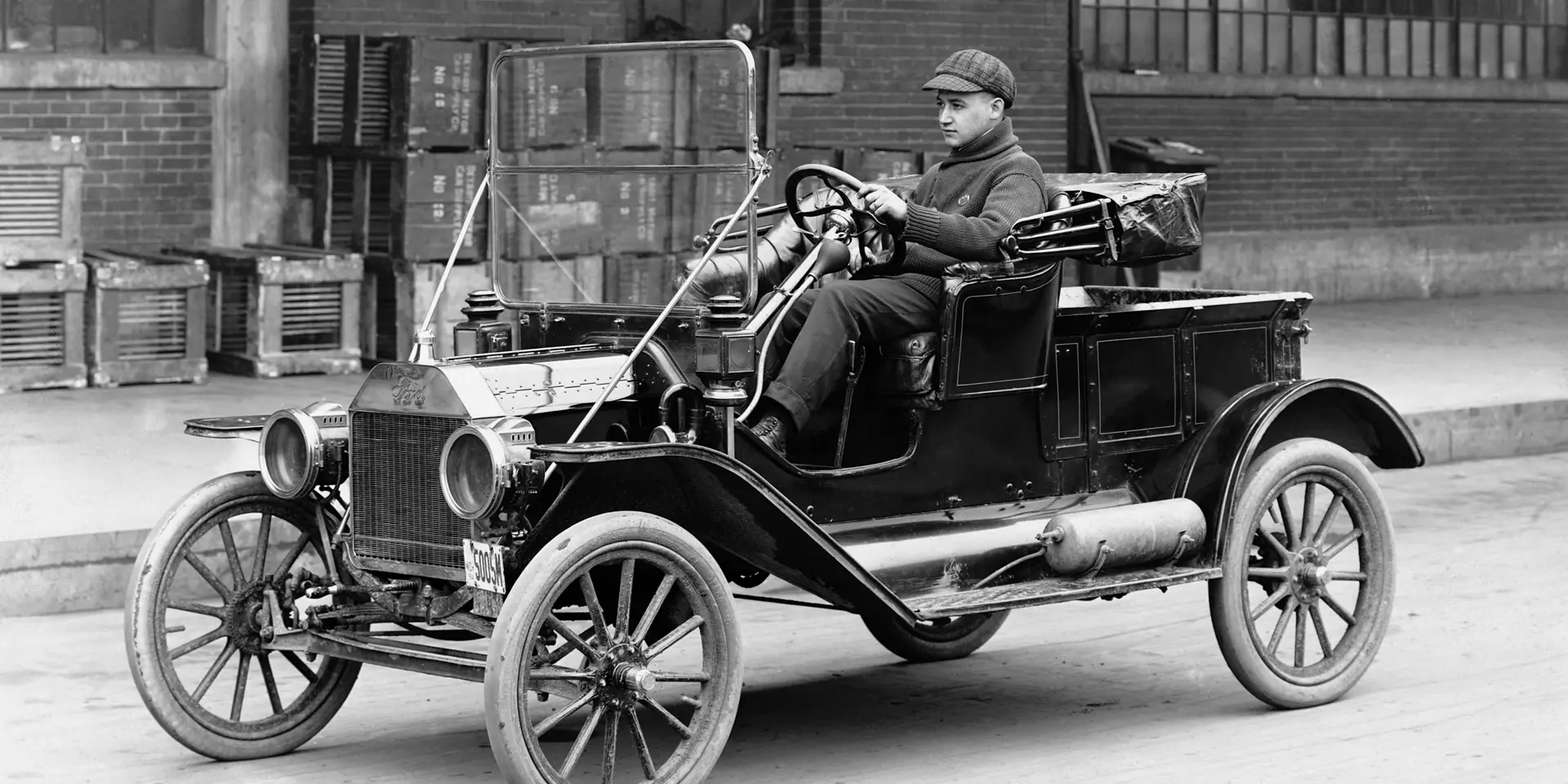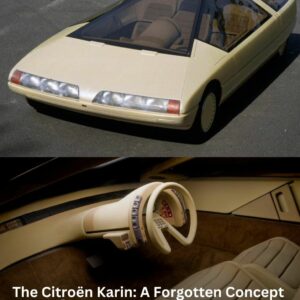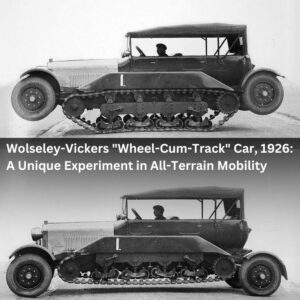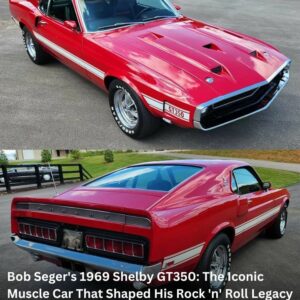Throughout automotive history, few vehicles have achieved the widespread influence and legacy of the Ford Model T. Not only was it the first car to be mass-produced and made affordable for the American middle class, but it also pioneered the moving assembly line, which would go on to shape modern manufacturing processes around the world. This article provides a comprehensive overview of the Model T’s origins, design, operation, various body styles, and the compelling stories surrounding what is often called “the car that put the world on wheels.”
1. General Introduction
Introduced in 1908 and produced until 1927, the Ford Model T was the brainchild of Henry Ford and his team at Ford Motor Company. Their main goal was to develop a vehicle that was affordable, durable, and easy to operate. At a time when automobiles were largely considered luxury items for the wealthy, the Model T opened the possibility for everyday people to own and drive a personal car.
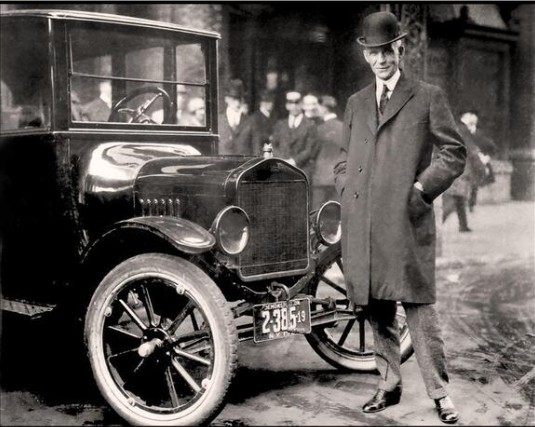
The Model T’s success is inseparable from cost optimization via the moving assembly line – a groundbreaking innovation in manufacturing. By streamlining production, Henry Ford significantly reduced vehicle prices, enabling millions of middle-class Americans to purchase a car in the early 20th century.
2. History and Development Context
Early Background
Before the Model T, automobiles were prohibitively expensive, accessible mostly to the wealthy. Visionary engineer and entrepreneur Henry Ford was determined to create a “car for the masses” – focusing on reliability and an economical price point. He believed that producing at scale would lower costs substantially, thereby allowing more people to benefit from the convenience of motorized transportation.

The Moving Assembly Line
Initially, Model T units were assembled by hand, similar to other carmakers of the era. By 1913, however, Ford Motor Company introduced the moving assembly line, where the car traveled from station to station, and each worker handled a specific, repetitive task. This innovation dramatically sped up production, cut costs, and boosted output.
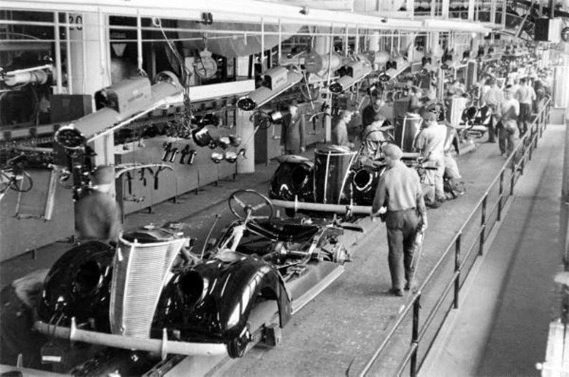
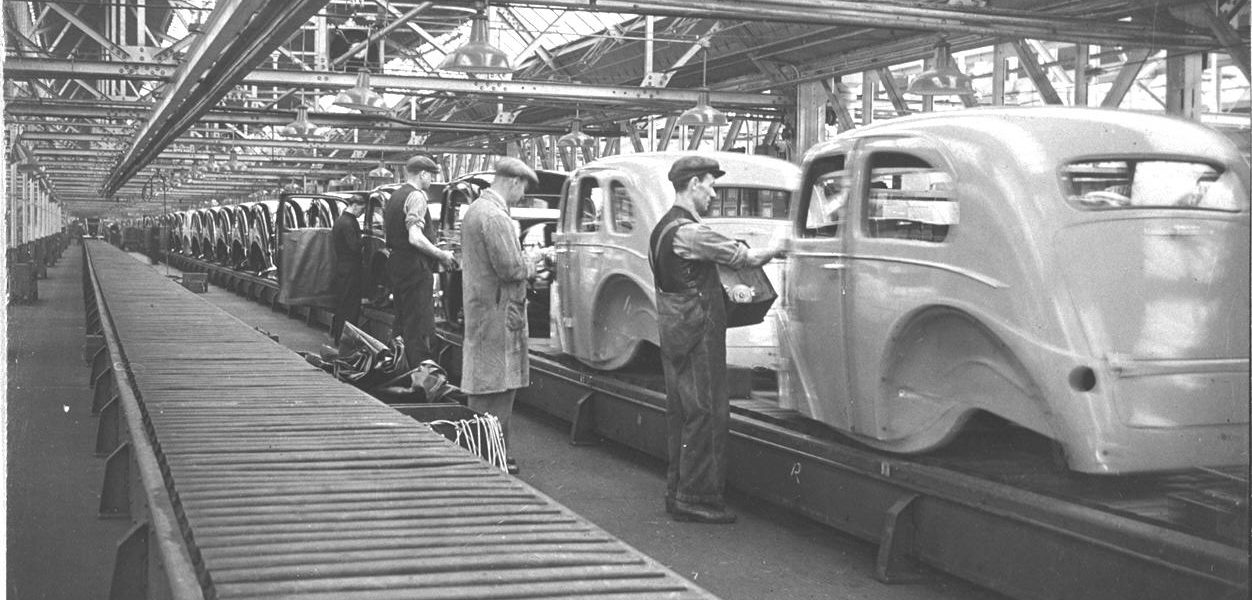
Price and Production Volumes
With efficient mass production, the Model T’s price dropped from around $825 in 1909 to below $300 by the mid-1920s, an astonishing feat at the time. Ultimately, more than 15 million Model Ts were produced between 1908 and 1927, making it one of the most successful car models in automotive history.
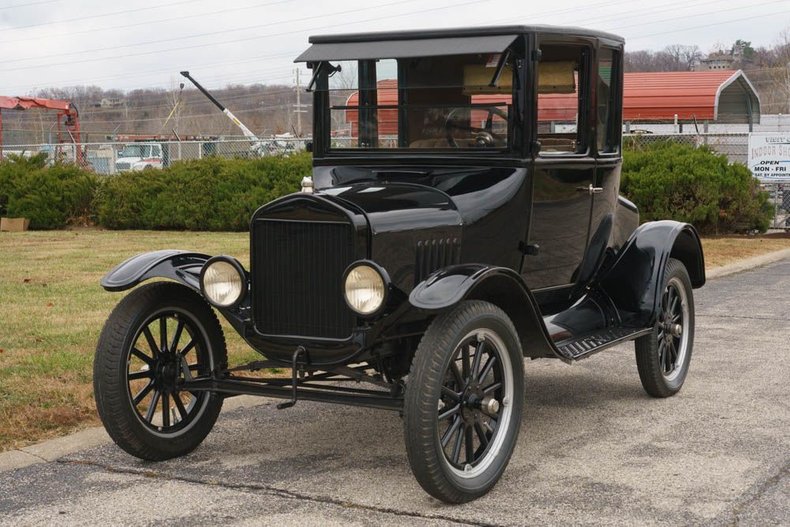
3. Design and Body Styles
Built on a common chassis, the Model T offered various body styles to meet different customer needs:
- Touring: A convertible style with extra seating in the rear, perfect for families or groups.
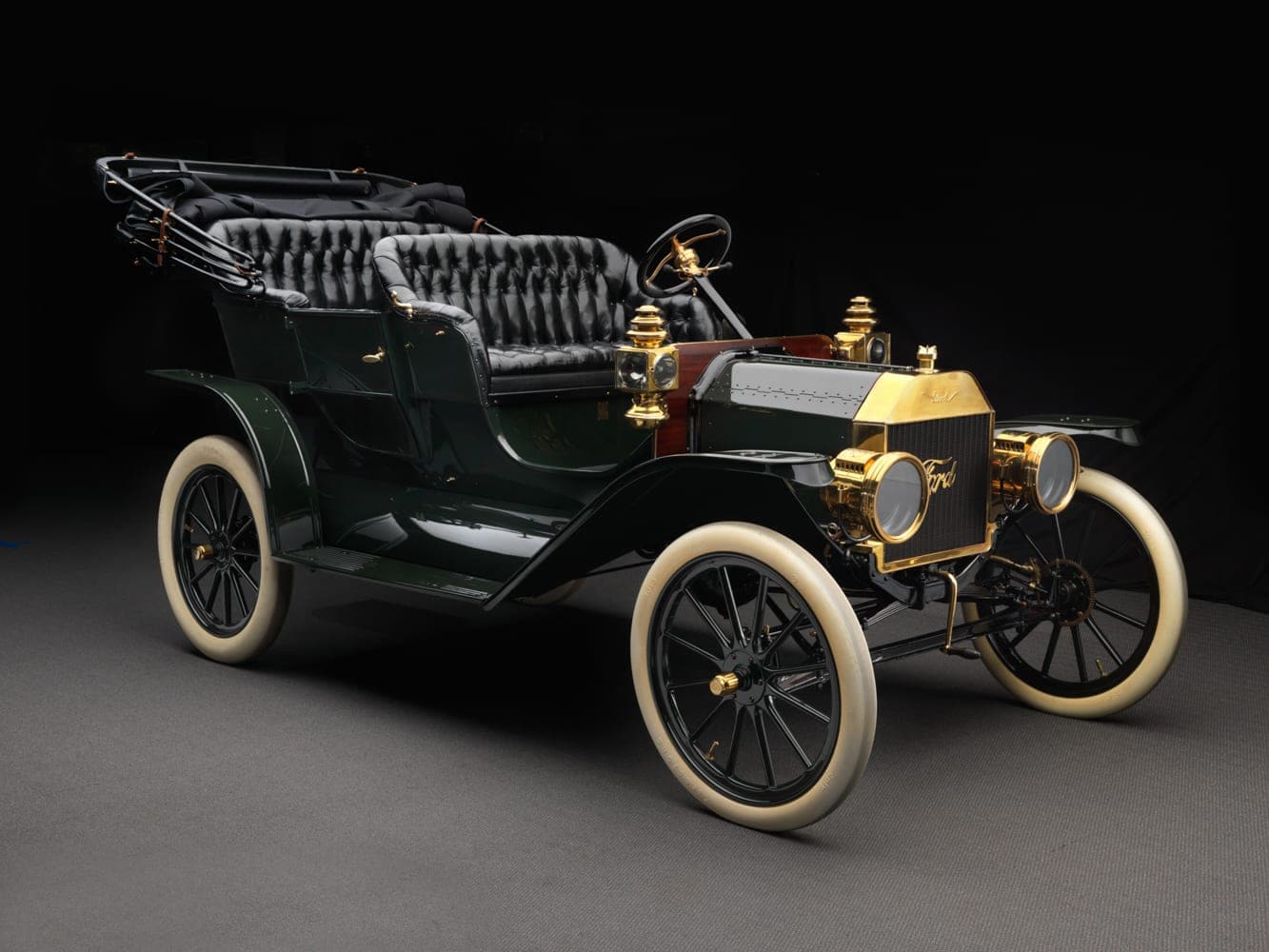
- Roadster: A two-seater open-top model, more compact and sporty.
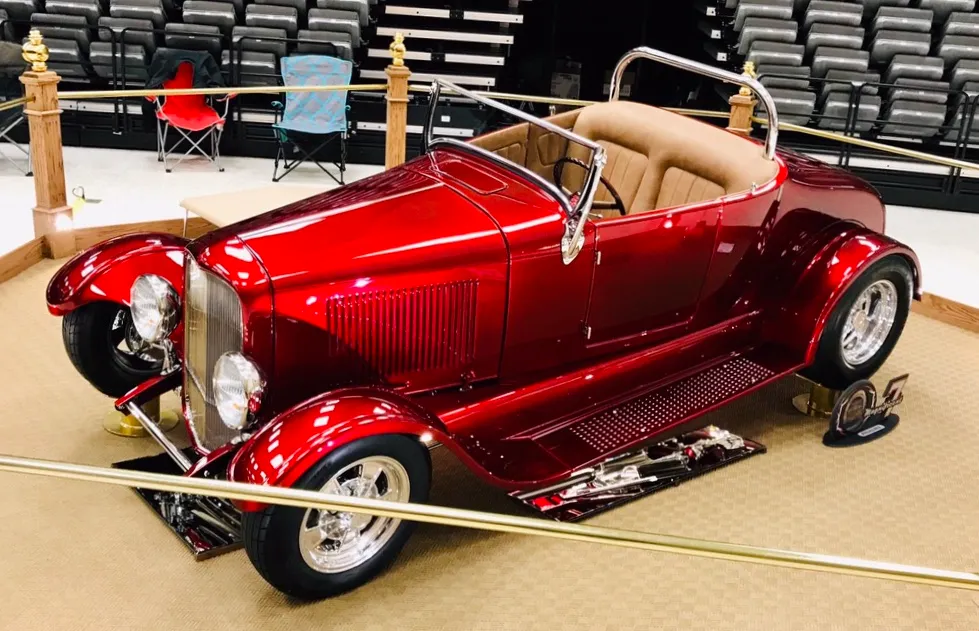
- Coupe: An enclosed two- or three-seat version, suitable for urban driving.
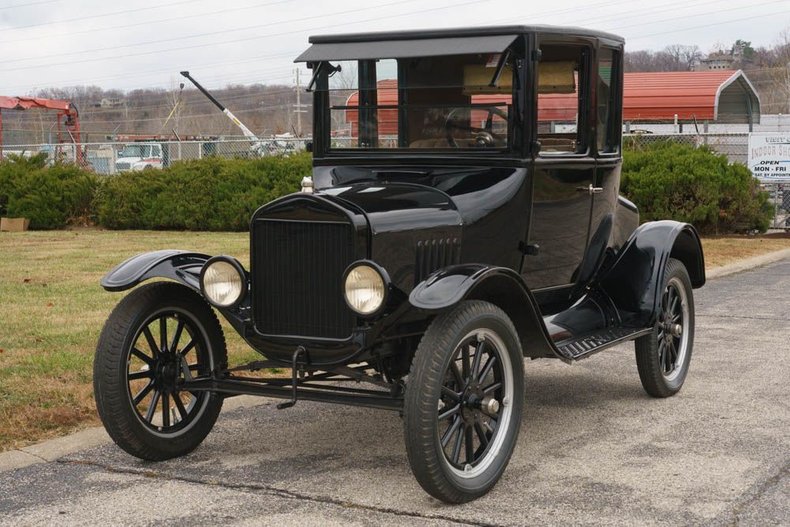
- Sedan: A four-door enclosed style with spacious seating for families.
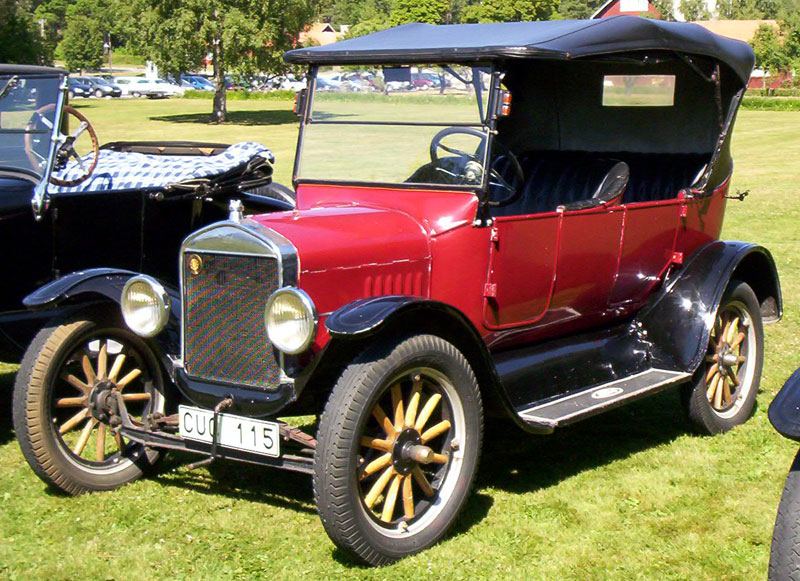
By sharing the same basic platform, Ford could produce these variations en masse at a lower cost, while still offering consumers a choice of configurations.
4. Engine and Drivetrain
Engine
Under the hood, the Model T featured a 2.9 L inline four-cylinder (I4) engine, delivering around 20 horsepower. Though modest by modern standards, this power output was sufficient for navigating the early 20th-century roads.
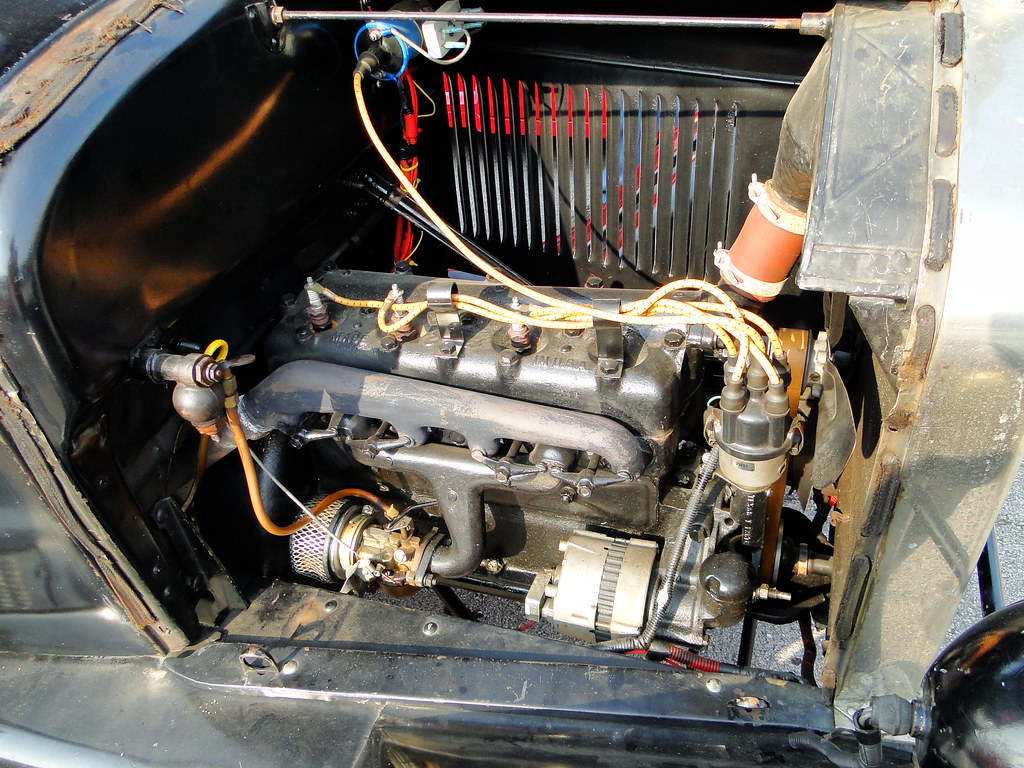
Transmission
A planetary transmission with two forward gears and one reverse gear set the Model T apart from later manual gearboxes. Drivers used three pedals (for clutch, brake, and reverse) plus a hand lever to control speed and forward gearing. This system might seem unconventional today, but it was quite effective back then.
Suspension and Wheels
The suspension utilized leaf springs, a simple yet robust design. Early Model Ts often came with wood-spoke wheels or wooden wheels clad in steel rims. Over time, the Model T adopted inflatable rubber tires, improving comfort and grip.
Fuel and Ignition
Fuel was gravity-fed from a tank positioned above the engine, complemented by a built-in magneto ignition system and ignition coils (commonly called “coil boxes”). This design ensured reliable starts and consistent operation, even under harsh conditions.
5. Operation and Key Features
Starting a Model T typically involved hand-cranking the engine from the front, a process requiring caution to avoid “backfire” injuries. The pedal system for shifting and braking demanded a degree of familiarity, yet the car was known for its durability and simple repairs. Owners often needed only basic tools to address common mechanical issues.
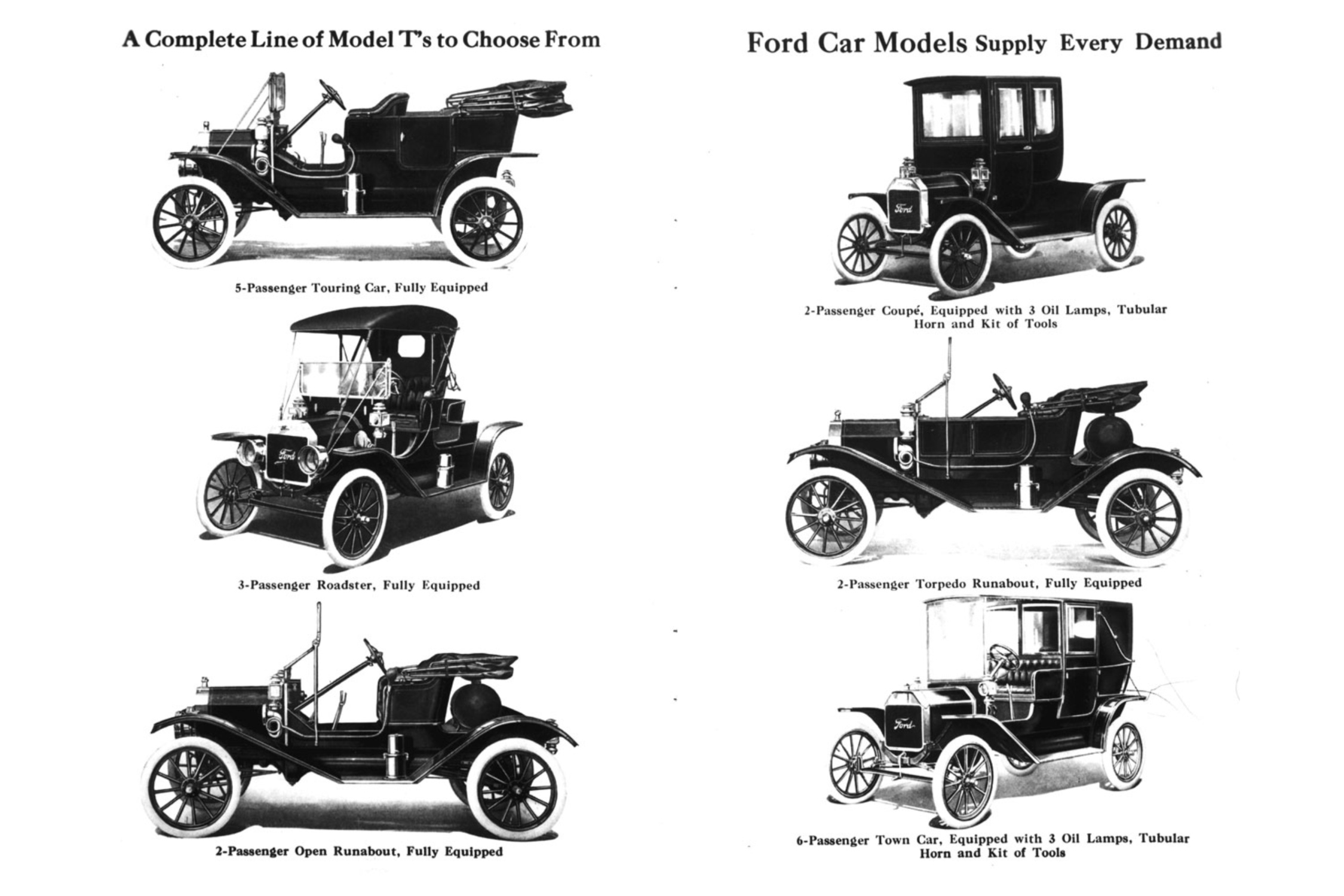
6. Model T-Based Vehicles
Ford built several vehicles on the Model T chassis. Perhaps the most noteworthy offshoot was the Ford Model TT, a light-duty truck introduced around 1917. The Model TT had a reinforced frame suitable for commercial hauling and agricultural uses. In rural America, farmers frequently adapted Model T frames for a wide range of applications, including tractors, water pumps, and generators, thanks to the car’s straightforward mechanical design.
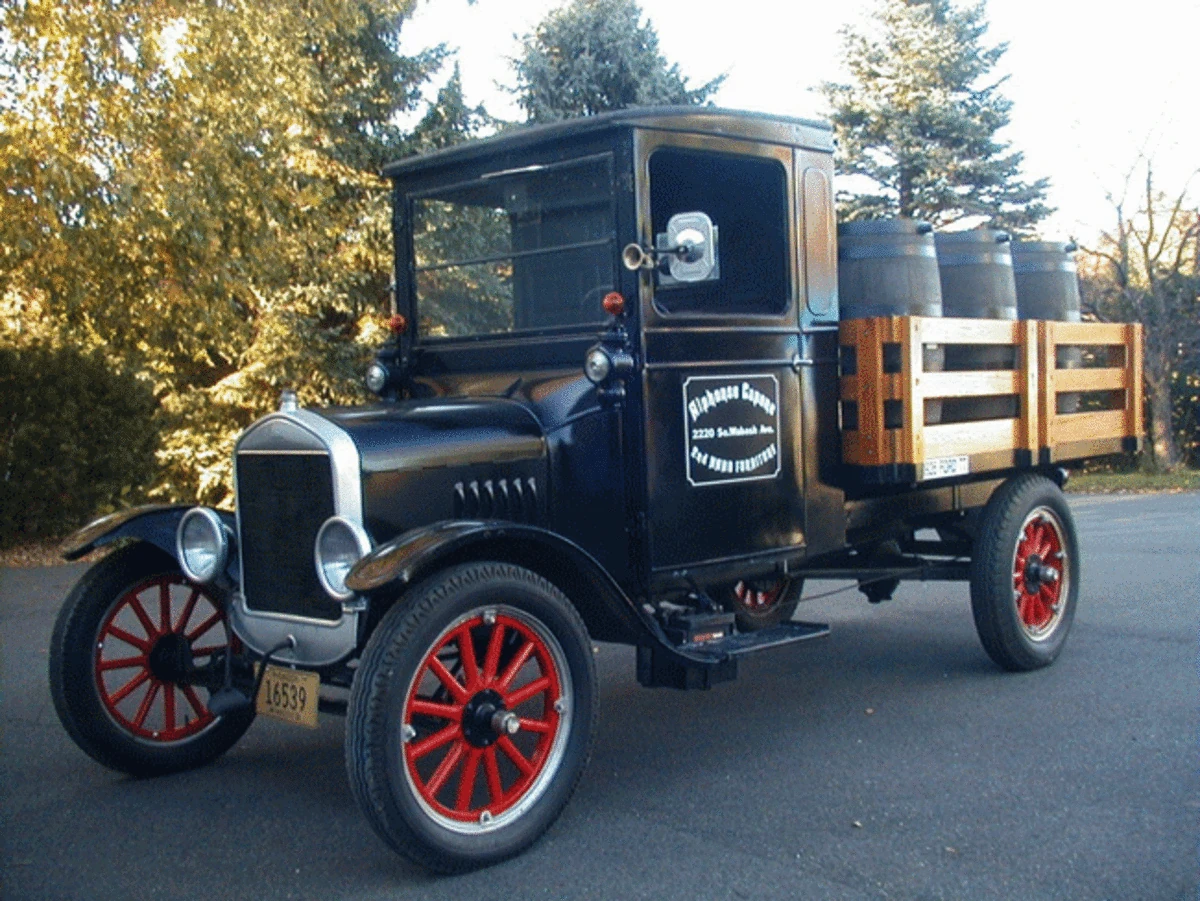
7. Significance and Influence
Impact on Manufacturing
By perfecting the assembly line, Ford paved the way for mass production, driving down costs and improving output efficiency in numerous industries beyond automotive – from consumer goods to electronics and more.
Social Impact
The affordability of the Model T effectively put America “on wheels”. As car ownership became more common, infrastructure projects such as roads, service stations, and repair shops flourished. Society itself was transformed, with people able to travel and settle farther from their workplaces, reshaping the way communities and cities grew.
Automotive Design Standards
By adopting a left-hand steering wheel from 1908 onward, Ford influenced the standard layout in the United States. Many core design elements, such as the arrangement of pedals and the positioning of controls, have their roots in the Model T’s pioneering design.
8. End of Production and Transition to the Model A
In 1927, Ford ceased production of the Model T after nearly two decades of market dominance. The company then introduced the Model A, featuring updated technology and styling to compete with new rivals. Nonetheless, the Model T remains one of the greatest success stories in automotive history, leaving behind an enduring legacy of innovation and mass-market appeal.
9. Legacy and Restoration
Today, the Ford Model T is regarded as an iconic collector’s car. Numerous clubs and organizations are dedicated to restoring and preserving these vehicles. Enthusiasts often embark on painstaking searches for genuine parts or fabricate components in order to return these cars to their original glory. Given the ongoing demand for preservation, spare parts for the Model T still circulate widely in classic car communities.
10. Cultural Appearances
From Hollywood films to television shows, the Model T is frequently used to depict early 20th-century American life. Its distinctive black finish, hand-crank start, and unique silhouette lend authenticity to period dramas. Internationally, the Model T is similarly recognized as the quintessential vintage car that heralded the dawn of accessible personal transportation.
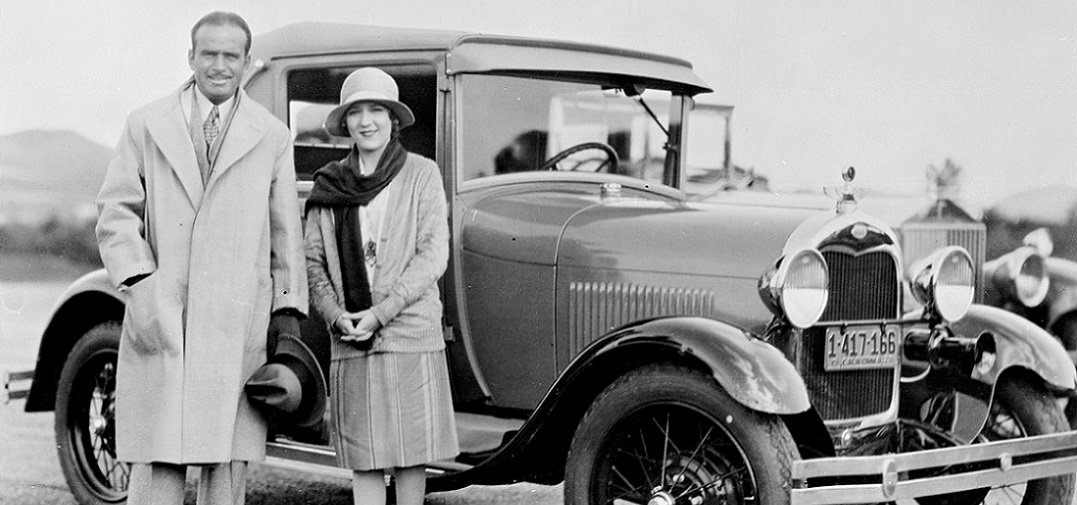
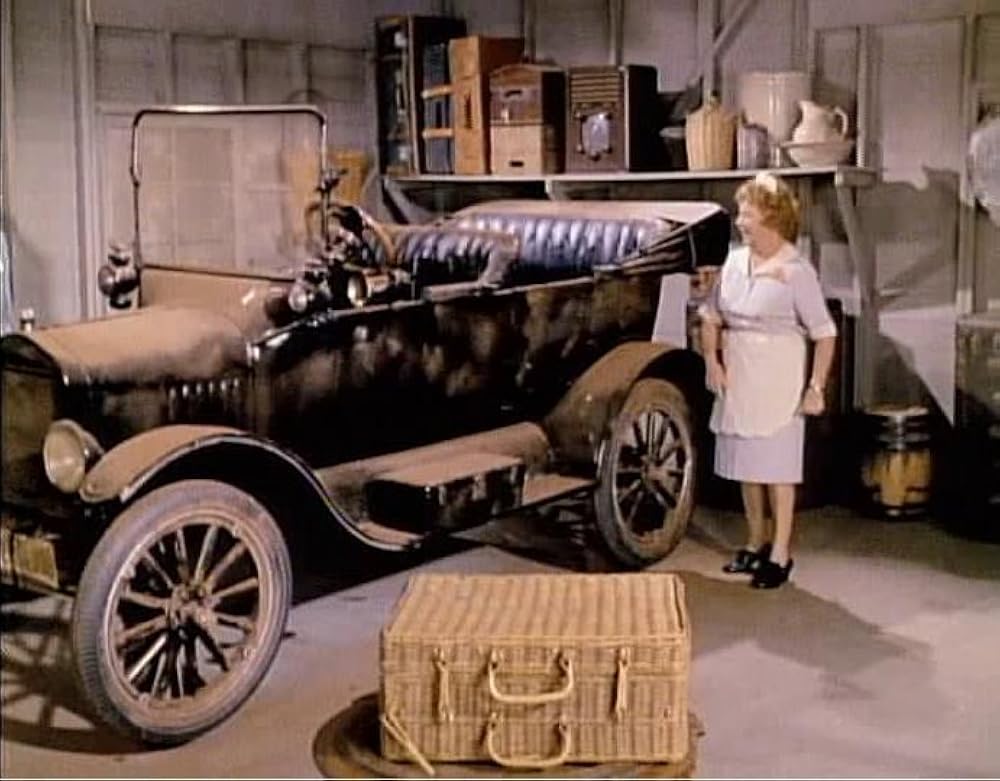
A Moment in History: The Girl and the Ford Model T
The Ford Model T – a symbol of a historic era, where the automobile was not just a vehicle but a dream for millions. The images of the gentle girl beside this car evoke a nostalgic beauty, blending the elegance of early 20th-century fashion with a revolution in technology.
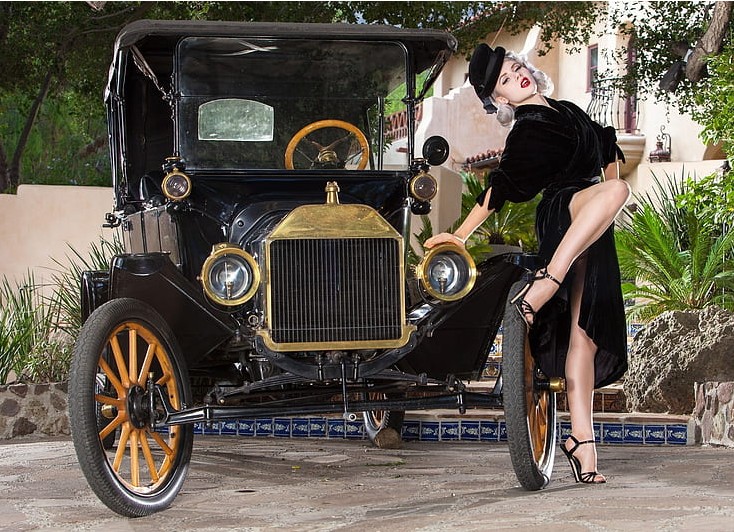


The Ford Model T carried not only the journeys down dusty roads but also the story of innovation, of an era when cars first belonged to everyone. A moment in time framed, to remember a golden age.
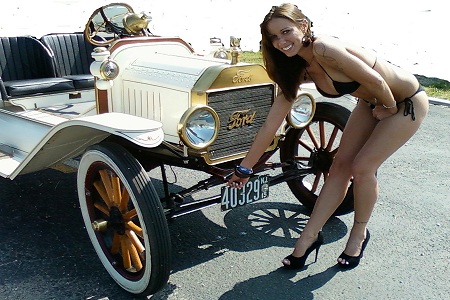
The 2025 Ford Model T: A Legendary Comeback!
11. Fascinating Anecdotes About the Ford Model T
“Any Color So Long As It’s Black”
This famous quote, often attributed to Henry Ford, highlights the fact that between 1914 and 1926, the Model T was predominantly produced in black to save costs and speed up paint-drying times. Though earlier versions had multiple color options, black eventually became the signature shade of the Model T era.
The Nickname “Tin Lizzie”
Owners affectionately called the Model T “Tin Lizzie” because of its simple, lightweight metal body. This endearing moniker caught on quickly, becoming one of the most iconic nicknames in automotive folklore.
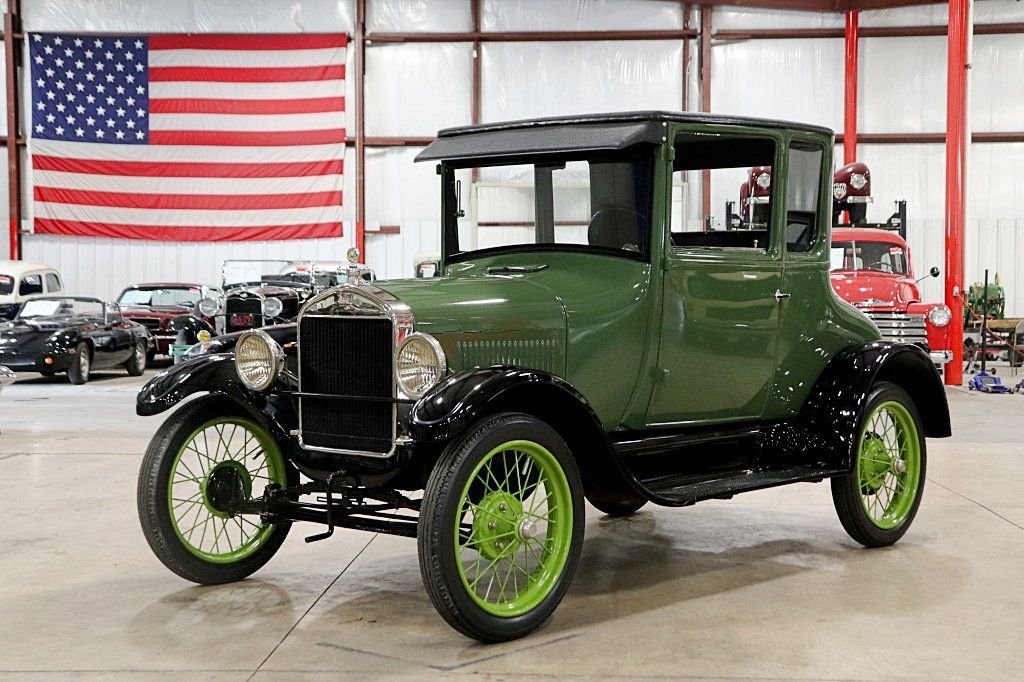
Farmers and DIY Conversions
Due to its user-friendly mechanical design, many rural communities adapted the Model T as a practical farm tool. By removing body panels and adding pulleys or gears, owners converted their cars into tractors, water pumps, and even generators. This level of versatility was a lifesaver for farmers seeking affordable machinery.
Remarkable Durability
Stories abound of Model Ts surviving harsh conditions: rough dirt roads, muddy fields, and even floods. The car’s robust simplicity allowed many owners to keep it running with minimal maintenance and a few essential tools.
Fostering a “Do It Yourself” Culture
The Model T’s design also encouraged a culture of “DIY” repairs. Because components were easily accessible, many drivers learned basic mechanical skills to fix problems on the go, often turning to each other for shared knowledge and expertise.
Conclusion
In many ways, the Ford Model T was more than just a car—it was a monumental shift in how goods were manufactured and how people lived and traveled. From the pioneering assembly line to the drastically reduced pricing, the Model T sparked an industrial revolution that reached far beyond the borders of the automobile sector. Even though it went out of production nearly a century ago, the Model T endures as a symbol of innovation—a testament to how human ingenuity can make the “impossible” possible.
Whether you’re a vintage car enthusiast, a history buff, or simply curious about the origins of the modern automobile industry, exploring the Ford Model T’s story is an illuminating journey. From museums and club meet-ups to online forums, countless opportunities exist to discover and experience the Model T firsthand. After all, this is the car that truly “put the world on wheels.”
